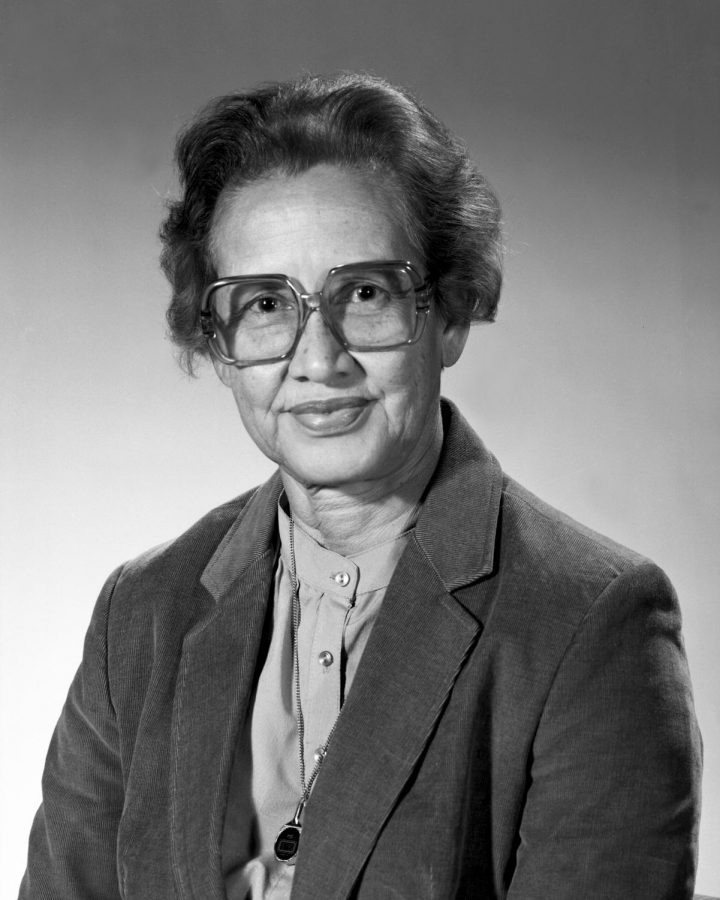Katherine Johnson
Photo Credit: NASA on Wikimedia Commons
April 4, 2020
Katherine Johnson was one of the first prominent women in STEM, but because of her sex and because she was African American during the time of segregation she remained largely unknown during her career and the contributions of her work have only recently been rediscovered. This year on February 24th, Johnson passed away at the age of 101. Her life serves as a testament of the ability of women and African-Americans at a time when they were unjustly treated by society.
Katherine Johnson showed an inclination for math from an early age. Unfortunately, the segregated school in her neighborhood only went up to the sixth grade. Therefore, every fall, her family journeyed to the West Virginia Collegiate Institution, 125 miles away. She entered high school at ten and graduated high school at 14. She then entered West Virginia State where she graduated at the age of 17. Despite having majored in both Math and French, she struggled to find work because of her limited opportunities.
She married a Chemistry professor at West Virginia State around the time that state colleges were becoming integrated. She furthered her studies there, nearly devoting her life to them, until she found herself pregnant and had to withdraw for a time. After having her child, she taught for over a decade. However, in 1953, Katherine Johnson took a post at NASA for women with degrees in mathematics. NASA opened its doors for more women because it needed as many minds at work to put a man on the moon as possible since it was in fierce competition with the Soviets: a space race, if you will. The job proved to be tedious and centered on crunching numbers for the “real” work. The work environment offered no refuge to her either. It was unofficially segregated, but after discovering she had been using a white only bathroom for a while, she decided to continue to use it in protest of segregation.
She found her big break in the Flight Research Division where her mathematical know-how and the fact that she was an expert in geometry made her invaluable to the team. From there, she fell in love with the work she did. Most of it remained confidential, oftentimes even from her, but she knew that she was making a difference. She and several other African American women were paving the way to get men on the moon. This contribution helped her cope with the loss of her husband to brain cancer. Despite all her hardships she never accepted staying on the sidelines. She pushed to have a seat at scientific briefings and she became one of the first women at NASA to have the title of author on an agency report. She worked long days and according to one anecdote, after working all day, she fell asleep while driving and when she awoke, she was miraculously on the side of the road, unharmed.
Johnson’s math helped send astronauts into orbit and eventually to the moon and back. In 2015, she was awarded the presidential medal of freedom by President Obama. A book titled Hidden Figures was also published about her team’s achievements in progressing women in STEM and space travel. That book has since been made into a film which was nominated for numerous Oscars. NASA, in her honor, also named a building after her in 2016. Even after her career ended, she advocated for mathematics in education and even spoke at schools. She lived a full, long, fulfilling life doing what she loved and is the quintessential role model for all, especially women or people of color with STEM-related aspirations.

